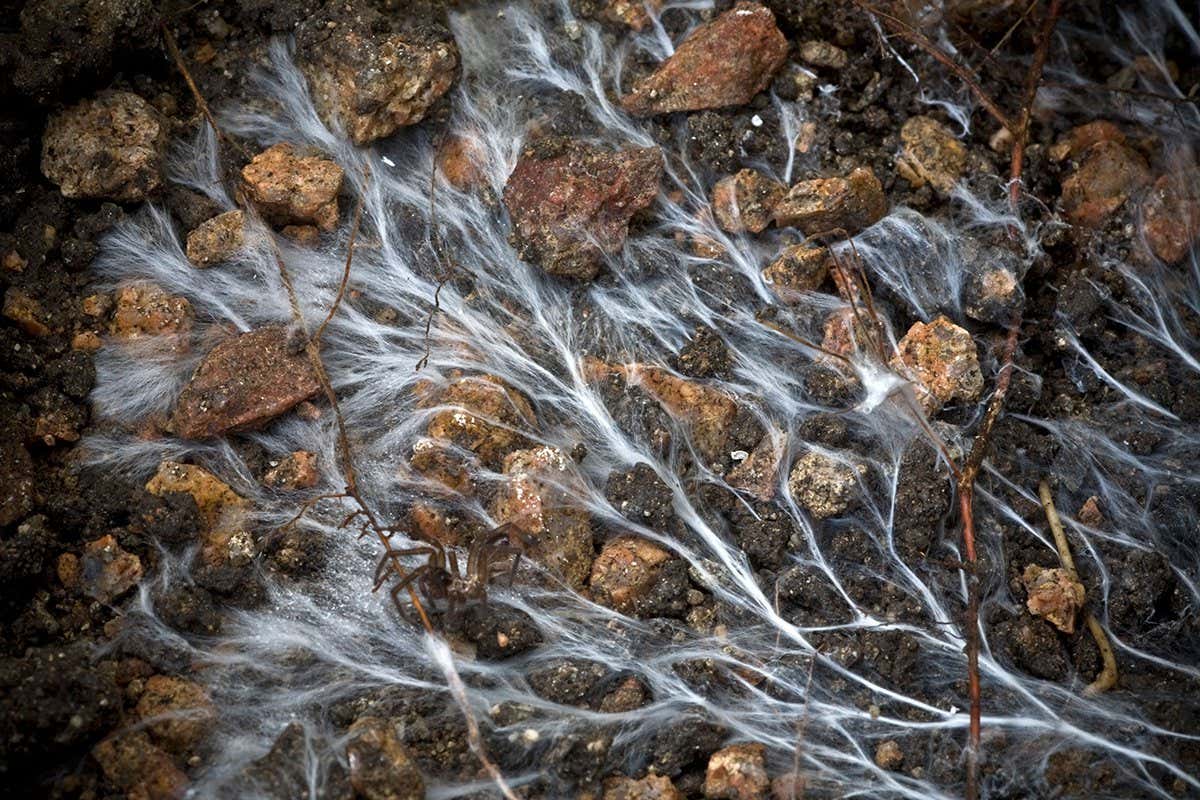Trees & Fungi: More Carbon, Healthier Forests – A Symbiotic Relationship Boosting Ecosystem Health
The intricate relationship between trees and fungi is far more significant than previously understood. New research reveals a crucial role this symbiotic partnership plays in carbon sequestration and overall forest health, highlighting the importance of protecting these vital ecosystems. This isn't just about preserving pretty trees; it's about safeguarding the planet's future.
The Underground Network: Mycorrhizal Fungi
At the heart of this story lies the mycorrhizal fungi. These fascinating organisms form symbiotic relationships with the roots of most trees. Think of them as an underground internet, connecting trees and facilitating the exchange of nutrients and information. The fungi extend their thread-like hyphae far beyond the reach of tree roots, significantly expanding the area from which the tree can access water and vital nutrients like phosphorus and nitrogen.
- Enhanced Nutrient Uptake: Mycorrhizal fungi act as an extension of the tree's root system, increasing its access to essential nutrients. This improved nutrient uptake leads to healthier, more vigorous tree growth.
- Drought Resistance: The extensive fungal network helps trees withstand periods of drought by increasing their access to water resources.
- Disease Resistance: Certain mycorrhizal fungi can protect trees from pathogenic fungi and other diseases, bolstering their resilience to environmental stressors.
Carbon Sequestration: A Crucial Role
Beyond nutrient exchange, the mycorrhizal network plays a critical role in carbon sequestration – the process of capturing and storing atmospheric carbon dioxide. The fungi store substantial amounts of carbon in their extensive hyphae networks, effectively locking it away from the atmosphere.
- Increased Carbon Storage: Studies show that forests with thriving mycorrhizal fungal networks store significantly more carbon than forests with depleted fungal communities. This is a major contribution to mitigating climate change.
- Soil Health: The presence of mycorrhizal fungi improves soil structure, creating a more fertile environment for both trees and other organisms. Healthy soil is crucial for carbon sequestration and overall ecosystem stability.
Threats to the Symbiosis: Protecting the Partnership
Unfortunately, various human activities threaten this vital symbiotic relationship. Deforestation, unsustainable forestry practices, and the use of certain pesticides can severely damage mycorrhizal fungal communities.
- Deforestation: The clearing of forests eliminates the habitat of mycorrhizal fungi, disrupting the delicate balance of the ecosystem.
- Soil Degradation: Intensive agriculture and unsustainable land management practices lead to soil degradation, impacting fungal diversity and abundance.
- Pesticide Use: Certain pesticides can be highly toxic to mycorrhizal fungi, hindering their growth and function.
The Future of Forests: Investing in Mycorrhizal Research
Understanding and protecting the intricate relationship between trees and fungi is paramount for maintaining healthy forests and mitigating climate change. More research is needed to fully understand the complexities of this symbiotic partnership and to develop effective strategies for its conservation. This includes:
- Sustainable Forestry Practices: Implementing sustainable forestry practices that minimize damage to fungal networks.
- Protecting Soil Health: Promoting soil health through sustainable agricultural practices.
- Reducing Pesticide Use: Minimizing the use of pesticides that are harmful to mycorrhizal fungi.
By investing in research and implementing responsible land management practices, we can ensure the continued health of our forests and the vital role they play in carbon sequestration and global climate regulation. The future of our planet depends on it.
Call to Action: Learn more about mycorrhizal fungi and support organizations dedicated to forest conservation and sustainable land management. Your actions today can help protect this essential symbiotic relationship for generations to come.

